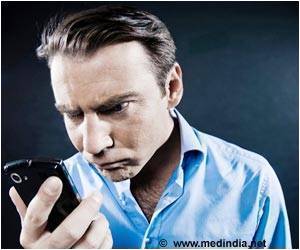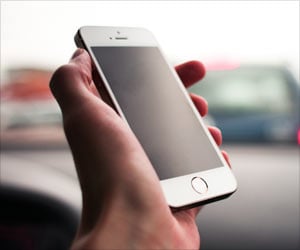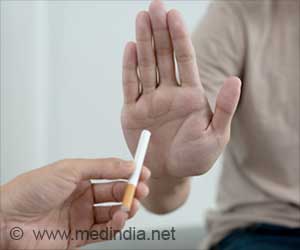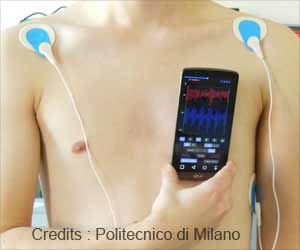Using this app, people with a smartphone and 3-D printer could perform sophisticated lab work.
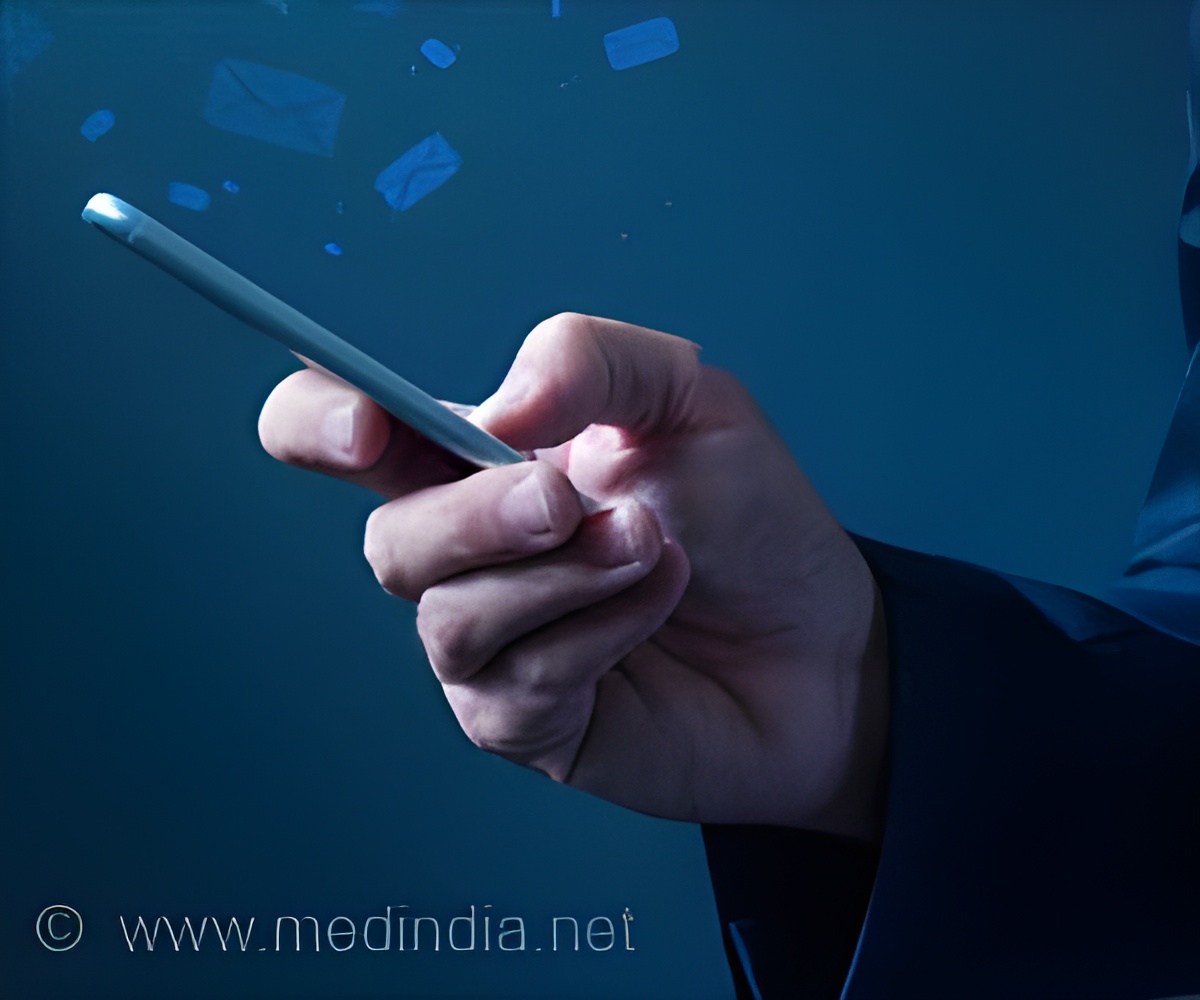
‘Your smartphone can be converted into a microscope capable of fluorescence microscopy, able to detect waterborne pathogens.’





Wei-Chuan Shih, associate professor of electrical and computer engineering, said fluorescence microscopy is "a workhorse," used in biology, medical diagnostics and other fields to reveal information about cells and tissue that can't otherwise be detected. The technique allows more information to be harvested from fluid, tissue and other samples, but not everyone has access to an optical microscope that can use fluorescence. It could extend sophisticated imaging techniques to rural areas and developing countries, Shih said. But it also could have more widespread applications, such as allowing backpackers an easy way to test for pathogens in rivers and streams.
"We really hope anyone who wants to build it can," he said. "All the pieces can be made with a 3-D printer. It's not something that belongs just to the lab."
The work was partially funded with a $100,000 grant from the National Science Foundation's citizen science initiative, which encourages scientists to find ways to expand knowledge of and access to research.
Shih's lab created an inexpensive lens that can turn a smartphone into a microscope in 2015; he and members of the lab created a company to produce and distribute the inkjet-printed lenses, which attach directly to a smartphone camera lens.
Advertisement
The lenses were used in the work reported in Biomedical Optics Express, which details how the researchers combined simple LED lighting with a 3-D printed cartridge designed to hold a conventional glass slide. The light and cartridge attach to the smartphone.
Advertisement
That's both less expensive and less complicated to operate, Shih said.
"To pursue ultra-simplicity for open-source do-it-yourself fluorescence smartphone microscopy, we report the development of an integrated single lens add-on for multi-color fluorescence imaging," the researchers wrote. In addition to Shih, those involved with the project include Yulung Sung, a doctoral student in the Department of Electrical and Computer Engineering at UH, and undergraduate Fernando Campa.
Results from testing water samples for pathogens including Giardia lamblia and Cyrptosporidium parvum using the technology were compared with results obtained using a tabletop optical microscope. Resolution was slightly higher with the optical microscope, but the researchers reported resolution of two microns with the smartphone technology.
Shih said he looks forward to seeing the device used by people outside the scientific community.
"I feel more and more excited about seeing people adopt simple basic scientific gadgets," he said. "I think it will have more impact if we let people play with it, rather than trying to hold it as a secret. We should make it as easy and accessible as possible for everyone."
Source-Eurekalert

